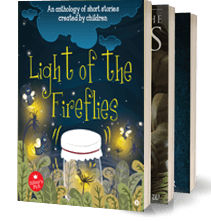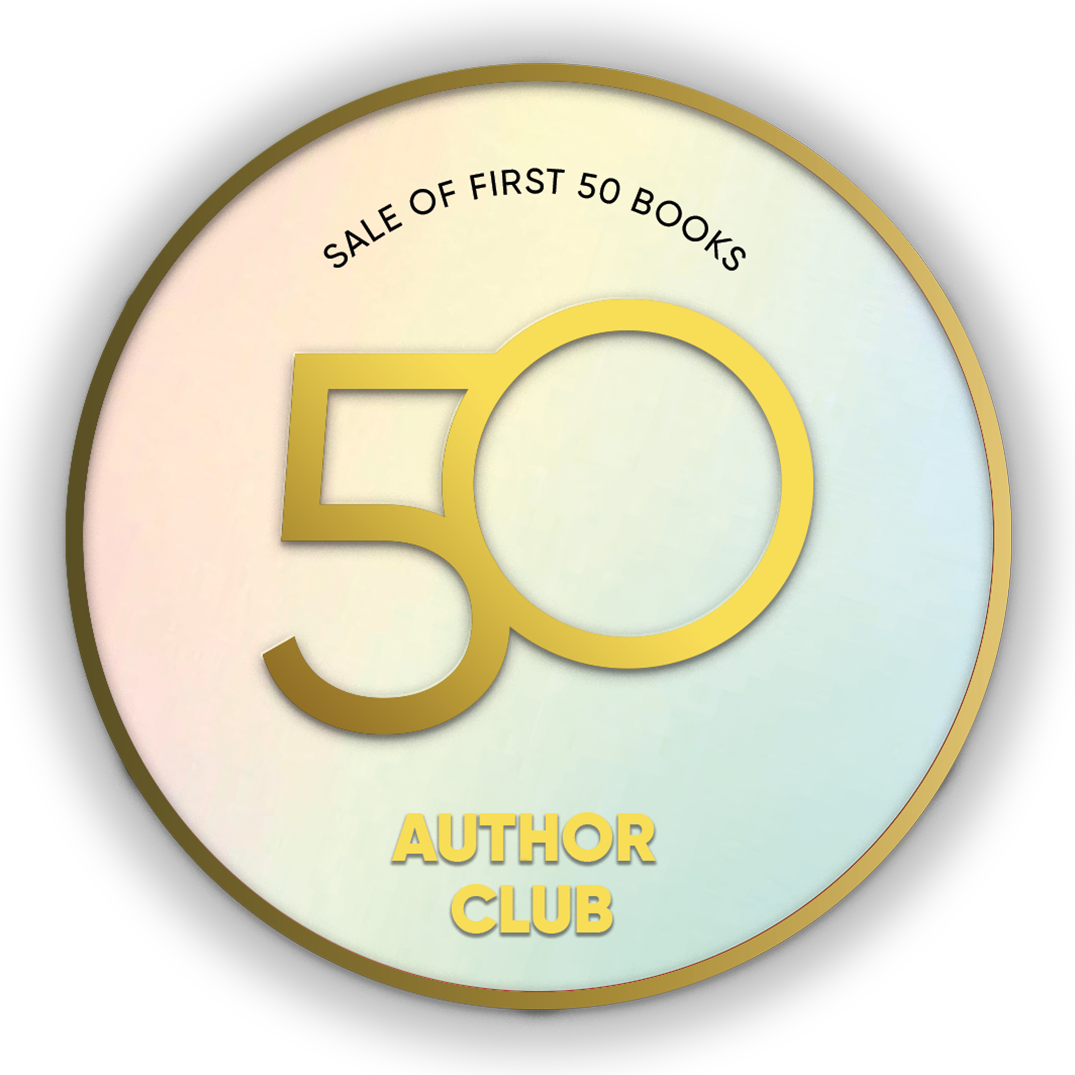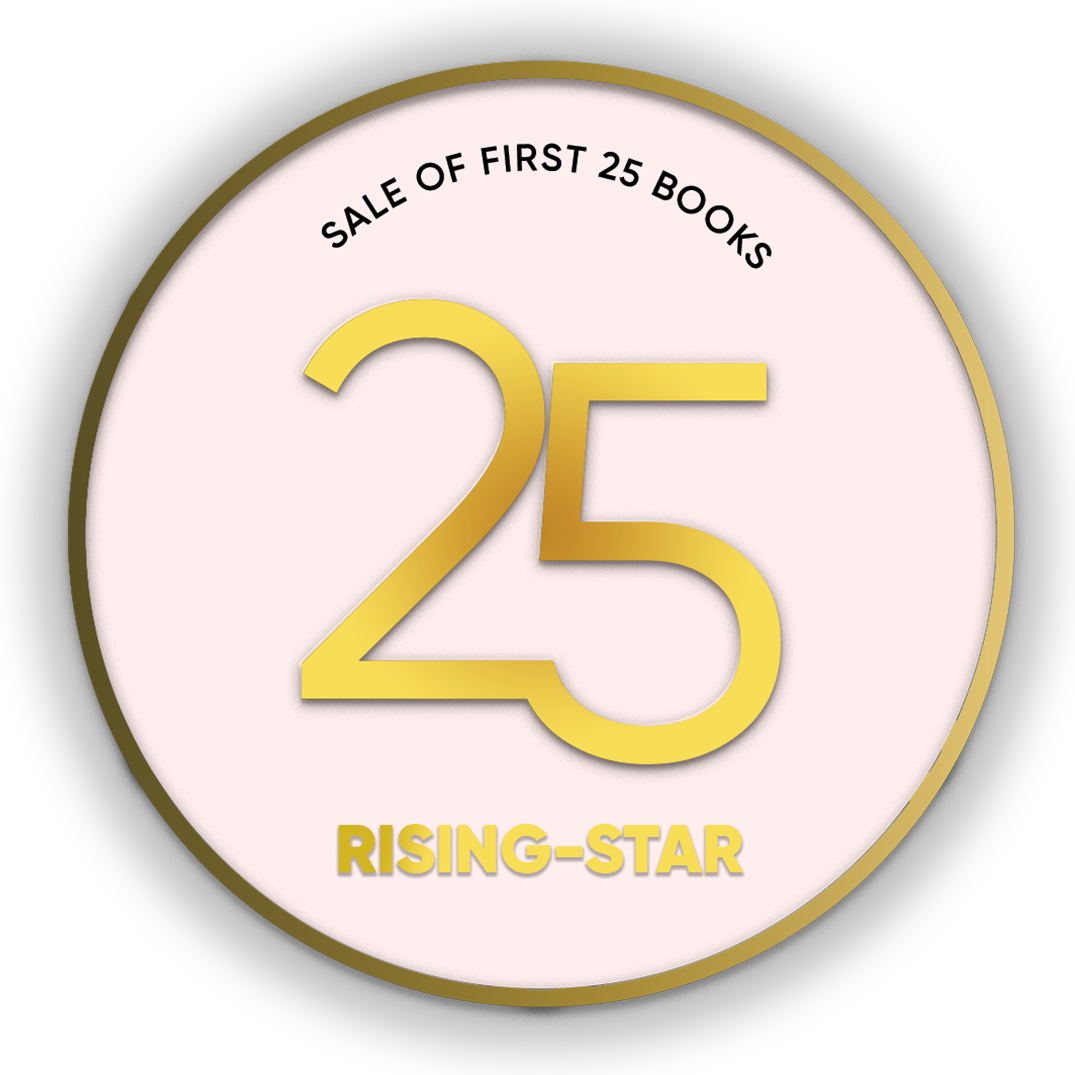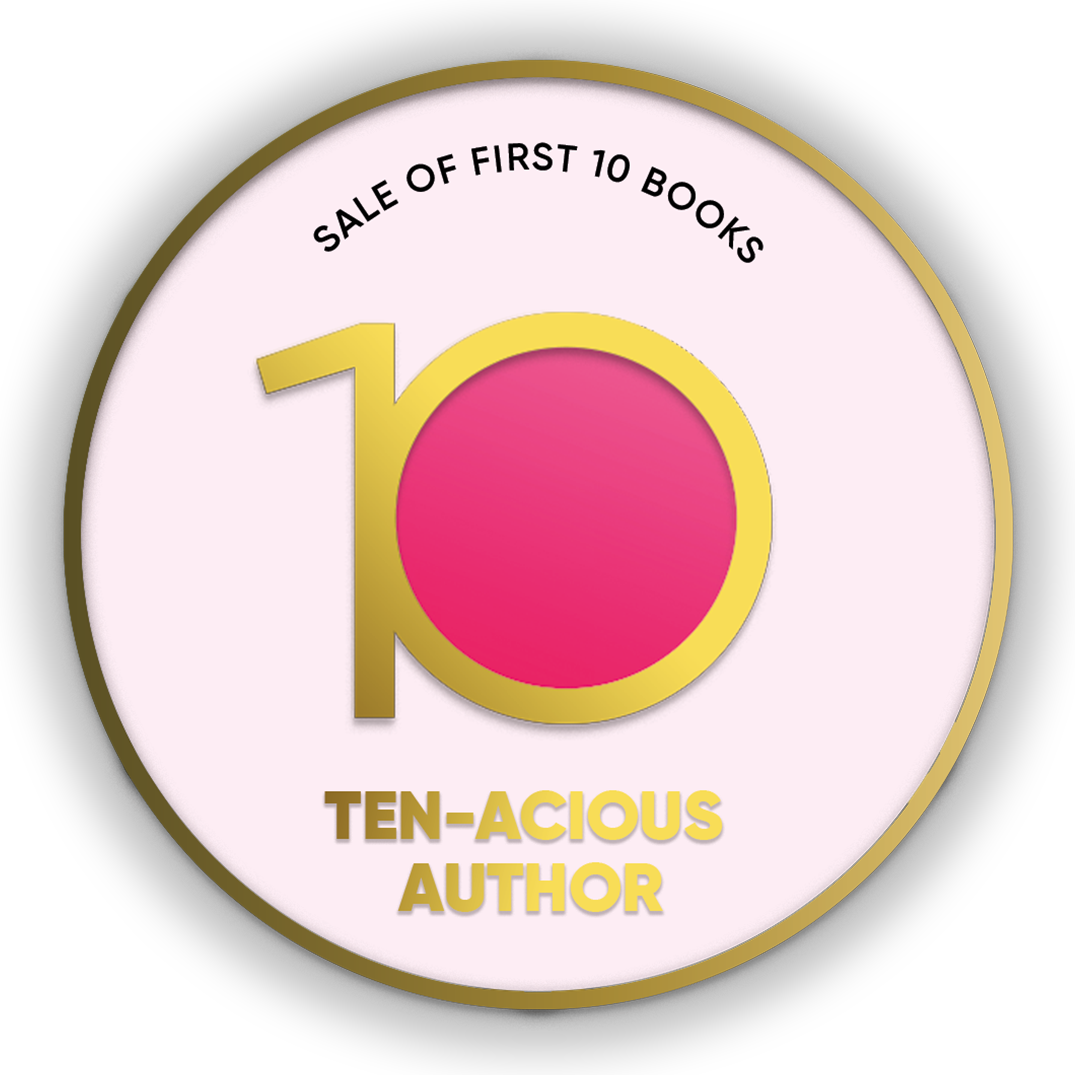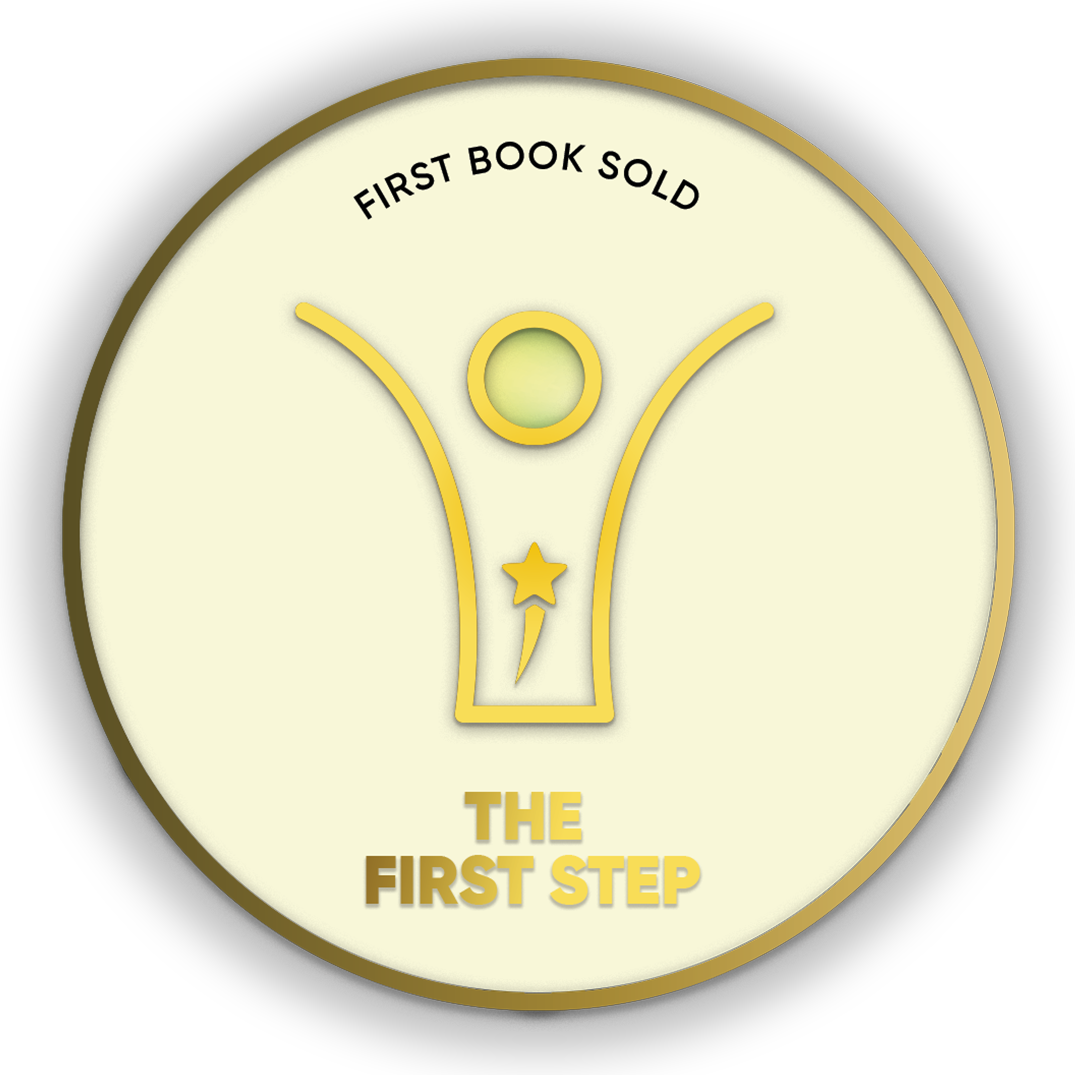
- Discover books
- For Writers
-
For Writers
-
Indie Author Championship
-
Challenges
Writing Contests
- Get Started
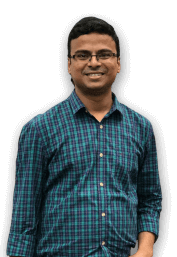
"It was a wonderful experience interacting with you and appreciate the way you have planned and executed the whole publication process within the agreed timelines.”
Subrat SaurabhAuthor of Kuch Woh Pal -
Syed Shafaat
Kashmir born writer, author, teacher.Crop your profile image

MODERN INDIAN HISTORY
Books by Syed Shafat Haami
Modern Indian History is considered the history 1850 onwards. A major part of Modern Indian History was occupied by the British Rule in India. In this book, we’ll learn about Modern Indian History i.e. British Rule, Freedom Struggle, Independence and so on.
Modern Indian History is considered the history 1850 onwards. A major part of Modern Indian History was occupied by the British Rule in India. In this book, we’ll learn about Modern Indian History i.e. British Rule, Freedom Struggle, Independence and so on.
INVERTEBRATE ZOOLOGY
Books by Syed Shafat Haami
It is estimated that our planet is inhabited by around 1.7 million different organisms. To our surprise, every year biologists record about 18,000 new species of both plants and animals. Interestingly, out of these 18,000 species, 13,500 are novel invertebrates. Biologists have blessed the scientific world with the discovery of 1,305,250 invertebrates thus far, and so many species are yet to be discovered and described.
These so-called invertebrates ar
It is estimated that our planet is inhabited by around 1.7 million different organisms. To our surprise, every year biologists record about 18,000 new species of both plants and animals. Interestingly, out of these 18,000 species, 13,500 are novel invertebrates. Biologists have blessed the scientific world with the discovery of 1,305,250 invertebrates thus far, and so many species are yet to be discovered and described.
These so-called invertebrates are useful in many ways. For instance, butterflies, beetles, bees, ants, dragonflies, snails etc are primary builders of a healthy environment. Similarly, the coral reefs add beauty to the oceans with their colorful appearances.
The Animal Kingdom has categorized just over a million scientifically described species, in thirty five phyla. Phylum Arthropoda (insects, spiders, crustaceans, millipedes and centipedes among others) has an estimated 9,99,059 identified species or 85% of the total identified animal species.
The invertebrates are named so because of the absence of back bone or vertebral column in their bodies. The animals without back bone make therefore a separate group called ‘Invertebrata.’ At present time, there are around thirty invertebrate phyla, however we deal with only 9 invertebrate phyla in class 11. Those include, phylum Porifera, phylum Cnidaria, phylum Ctenophora, phylum Platyhelminthes, phylum Aschelminthes, phylum Annelida, phylum Arthropoda, phylum Mollusca and phylum Echinodermata.
SPONGIOLOGY
Books by Syed Shafat Haami
Sponges, the members of the phylum Porifera (/pəˈrɪfərə/; meaning 'pore bearer'). They are a basal animal clade as a sister of the Diploblasts.
They are multicellular organisms that have bodies full of pores and channels allowing water to circulate through them. Sponges have unspecialized cells that can give rise to other types of cells. Since sponges do not have nervous, digestive or circulatory systems, so they mostly rely on maintaining c
Sponges, the members of the phylum Porifera (/pəˈrɪfərə/; meaning 'pore bearer'). They are a basal animal clade as a sister of the Diploblasts.
They are multicellular organisms that have bodies full of pores and channels allowing water to circulate through them. Sponges have unspecialized cells that can give rise to other types of cells. Since sponges do not have nervous, digestive or circulatory systems, so they mostly rely on maintaining constant water flow through their bodies to obtain food and oxygen and to remove wastes. The approximately 5,000 living sponge species are classified in the phylum Porifera, which is composed of three distinct groups, the Hexactinellida (glass sponges), the Demospongia, and the Calcarea (calcareous sponges).
Poriferans or sponges don't have mouths; instead, they have tiny pores in their outer walls through which water is drawn. Cells in the sponge walls filter goodies from the water as the water is pumped through the body and out other larger openings. The flow of water through the sponge is unidirectional, driven by the beating of flagella which line the surface of chambers connected by a series of canals.
JAMMU AND KASHMIR
Books by Syed Shafaat
The books contains almost all expected questions often asked in JKSSB and other state level exams.There are around 1600 questions on diverse topics in the book.
The books contains almost all expected questions often asked in JKSSB and other state level exams.There are around 1600 questions on diverse topics in the book.
An Unforgettable Trip with IPTS Heights School
Books by Syed Shafaat
In this book, the author provides a survey of archeological sites and different tourist resorts in Kashmir. He explores two archeologicl sites (Gufkral and Avantiswami temple) in Kashmir. He also visits Badam Wari and Asia's largest tulip garden whose alluring beauty hypnotize him to such an etxent that he thinks of these places day long.
At Shikargah Wlidlife Sanctuary, when he catches sight of a beautiful married couple and the birds sitting together
In this book, the author provides a survey of archeological sites and different tourist resorts in Kashmir. He explores two archeologicl sites (Gufkral and Avantiswami temple) in Kashmir. He also visits Badam Wari and Asia's largest tulip garden whose alluring beauty hypnotize him to such an etxent that he thinks of these places day long.
At Shikargah Wlidlife Sanctuary, when he catches sight of a beautiful married couple and the birds sitting together on the twigs of huge pine trees, it makes him very emotional, as a result of which he endeavours to make people realize the beauty of nature by making emotional plea to them to live in a constant state of love and peace.
TAXONONMY
Books by Syed Shafaat
Lorem ipsum dolor sit amet, consectetur adipiscing elit. Sed ornare tristique mauris at varius. Phasellus arcu leo, tristique quis nulla id, ultrices varius diam. Morbi vulputate lacinia odio, sed tristique est sollicitudin a. Nullam fringilla dui sit amet pretium facilisis. Ut in neque dui. Aliquam vehicula sem id gravida finibus. Pellentesque sodales efficitur arcu, at dapibus enim porta vitae. Duis porttitor euismod eros elementum auctor. Praesent libero to
Lorem ipsum dolor sit amet, consectetur adipiscing elit. Sed ornare tristique mauris at varius. Phasellus arcu leo, tristique quis nulla id, ultrices varius diam. Morbi vulputate lacinia odio, sed tristique est sollicitudin a. Nullam fringilla dui sit amet pretium facilisis. Ut in neque dui. Aliquam vehicula sem id gravida finibus. Pellentesque sodales efficitur arcu, at dapibus enim porta vitae. Duis porttitor euismod eros elementum auctor. Praesent libero tortor, gravida ac fringilla sed, lobortis a dui. Nullam bibendum condimentum urna. Duis tincidunt imperdiet ipsum, vitae feugiat urna. Nulla facilisi. Curabitur ut ultricies justo, ac pretium sem. Aliquam aliquet ipsum quis tortor ultrices, vitae posuere orci porta. Curabitur dignissim risus vitae felis lobortis vehicula. In tempus tincidunt diam, vel malesuada leo fringilla nec.
Fusce laoreet ipsum sem, a vestibulum turpis vestibulum et. Donec venenatis finibus
THE STRUCTURE OF THE ATOM
Books by Syed Shafaat
Key features:
-Written in a self-explanatory language
-Altogether informative and educational for beginners
-Covers circumstantially the following topics:
Structure of atom
eletron
proton
neutron
quark
Key features:
-Written in a self-explanatory language
-Altogether informative and educational for beginners
-Covers circumstantially the following topics:
Structure of atom
eletron
proton
neutron
quark
DAYANAND'S TRADITIONAL RESPONSE TO HINDUISM
Books by Syed Shafaat
The chapters contained in this book have been taken from Swami Dayanand’s masterpiece, Satyarath Prakash. S. Dayanand was an Indian philosopher, social leader and founder of the Arya Samaj, a reform movement of the Vedic dharma. He would go to the root of religion in an effort to bring before his people the light of truth and refuse various deities in place of one true God. This book gives a circumstantial account of his separation of Vedic Dharma from H
The chapters contained in this book have been taken from Swami Dayanand’s masterpiece, Satyarath Prakash. S. Dayanand was an Indian philosopher, social leader and founder of the Arya Samaj, a reform movement of the Vedic dharma. He would go to the root of religion in an effort to bring before his people the light of truth and refuse various deities in place of one true God. This book gives a circumstantial account of his separation of Vedic Dharma from Hinduism of which we are seldom aware. This book is therefore a must-read for anyone seeking to learn about the Hinduism and the Vedic Dharma.
THE DARK NIGHTS OF PARADISE
Books by Farhan Zeeshan
Praise to Almighty Allah for endowing me the powers and perseverance to jot down my feelings on the paper. It gives me immense pleasure to present this book. I want to send message to the world about ongoing oppression in Indian occupied Jammu and Kashmir. I want everyone to feel the pain of people living in IOK. Although it is my hard work to collect the history and incidents about my state. I hope you will get the message and idea about ongoing cruelty in IO
Praise to Almighty Allah for endowing me the powers and perseverance to jot down my feelings on the paper. It gives me immense pleasure to present this book. I want to send message to the world about ongoing oppression in Indian occupied Jammu and Kashmir. I want everyone to feel the pain of people living in IOK. Although it is my hard work to collect the history and incidents about my state. I hope you will get the message and idea about ongoing cruelty in IOK.
MOHAMMED THE REINSTATOR OF WORLD'S FASTEST GROWING RELIGION ISLAM
Books by Syed Shafaat
This book places emphasis on Prophet’s life, his teachings and his wise sayings. It also tells us about how Prophet Mohammed (pbuh) reinstated the Islam and laid a foundation of peace, reconciliation and humanity through it. This book is therefore a must-read for anyone seeking to know the Prophet and the Islam. If personally I have any credit in this matter, it is only that I have tried to present his life in this book, as it is, without any adulteratio
This book places emphasis on Prophet’s life, his teachings and his wise sayings. It also tells us about how Prophet Mohammed (pbuh) reinstated the Islam and laid a foundation of peace, reconciliation and humanity through it. This book is therefore a must-read for anyone seeking to know the Prophet and the Islam. If personally I have any credit in this matter, it is only that I have tried to present his life in this book, as it is, without any adulteration. In this book, I have tried my best to correct those who mistakenly corrupt Prophet Mohammed’s name morally, and detract his reputation by associating his name with something reprehensible. My business is to bring before my people the true and real nature of Prophet Mohammed and his reinstated Islam.
Inside India
Books by Syed Shafaat
There are three parts to this book.
The first part talks about how to revamp our nation to enhancement. This part has superbly revealed the concept of women and their rights. Moreover, it gives a brief account of love and unity to which the present civilization is unfamiliar of.
The second part has mainly stressed the concept of Kashmir civilization.
The third part is not merely for the Indians, but the whole world. This part has beau
There are three parts to this book.
The first part talks about how to revamp our nation to enhancement. This part has superbly revealed the concept of women and their rights. Moreover, it gives a brief account of love and unity to which the present civilization is unfamiliar of.
The second part has mainly stressed the concept of Kashmir civilization.
The third part is not merely for the Indians, but the whole world. This part has beautifully described the idea of humanity and the factors that disrupt humanism.
The book is a wholesome perspective of an optimistic world.

Are you sure you want to close this?
You might lose all unsaved changes.
Select from one of our global stores to continue
 India
India
 Malaysia
Malaysia
 Singapore
Singapore
 UAE
UAE
Warning Message
The items in your Cart will be deleted, click ok to proceed.





